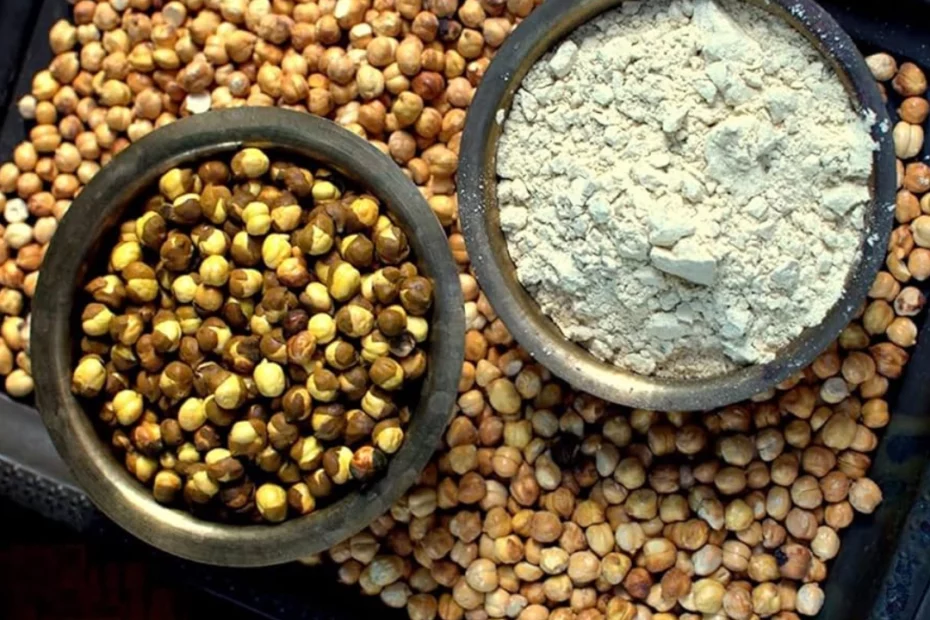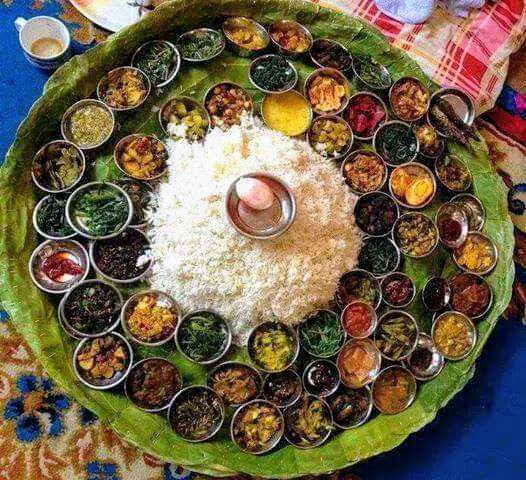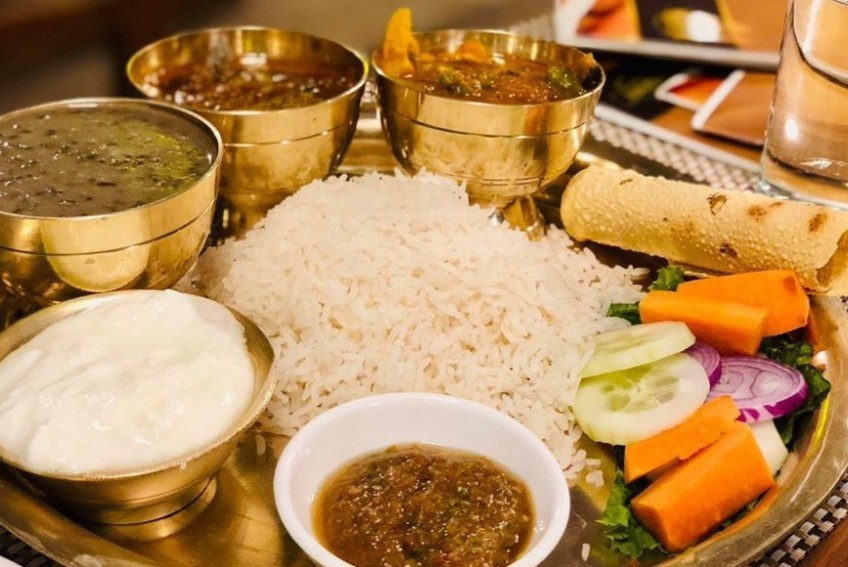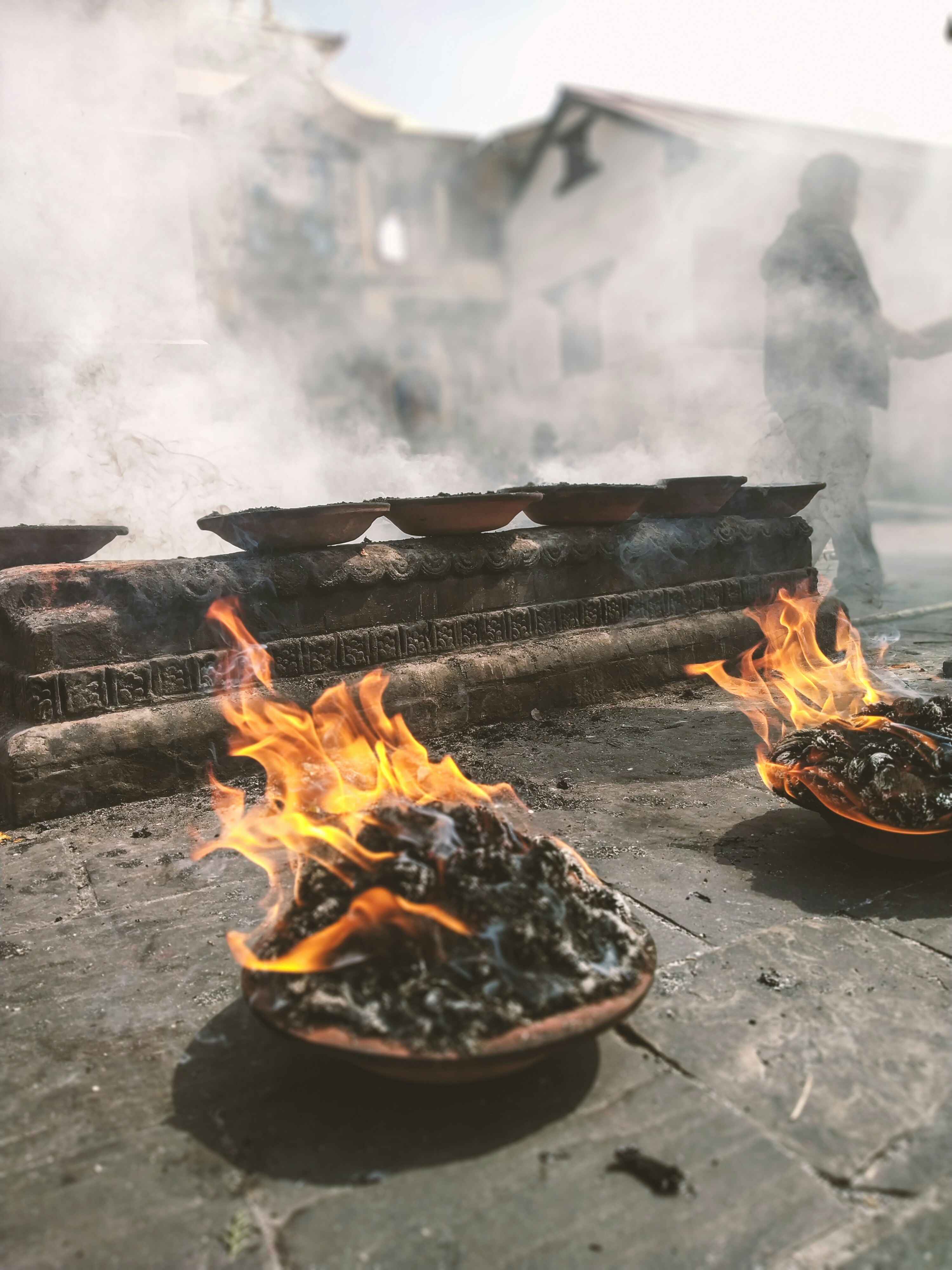Share this Article

Introduction
At the heart of Nepal's food culture lies Satu, a simple yet hearty dish made of roasted cereals. Beloved by Newars and Nepalis alike, Satu is not only a snack, but an ode to modesty, existence, and pride. In this article, the history, how it is made, cultural status, and its relevance in today's time of Satu have been discussed with simplicity so as to unfold the reasons behind such an innocent food being such a vital part of Nepal's cuisine.
What Is Satu?
Satu is a dry-roasted flour made from grains like barley, wheat, maize, or millet. The grains are pan-fried until dry and then powdered to a very fine consistency. "Satu" is a Newar word, but with slight variations, it occurs all over Nepal by other names like sattu in the Terai.
Satu is usually mixed with water, milk, or tea to make a thick paste or porridge. It can be sweetened with sugar or jaggery, or salted and spiced. Satu is easy to carry and doesn't spoil easily, making it a favorite food of farmers, travelers, and workers requiring instant energy. For most people, it's a comfort food that brings memories of home.
The History of Satu
Satu's origin lies in Nepal's rural farm-based tradition. In a country where agriculture has been the primary means of survival, roasting and milling grains was a practical way of preserving them. The ingenious Newars of the Kathmandu Valley would have invented Satu as a way of making use of excess harvests (Shrestha, 2018). It became a staple among residents of remote hills and mountains, where fresh food was not easily accessible.
Traditional accounts show that Satu was eaten by long-distance travelers and traders. It was light and had a high energy content, making it a great food to take on the move. During festivals like Maghe Sankranti, Satu is still prepared as a ritual dish, symbolizing warmth and prosperity during winter (Gurung, 2020).
Ingredients and Preparation
Satu is simple to prepare but requires skill to roast the grains properly. This is how it's traditionally prepared:
Selecting Grains: Grains of wheat (gahu), barley (jaau), or maize (makai) are commonly used.
Roasting: The grains are roasted over a wood fire-heated clay pan (karai) until golden brown with a nutty odor.
Grinding: The roasted grains are cooled and ground into flour with a stone mill (jato) or electronic grinder.
The flour is stored in air-tight containers for months. For Satu preparation, mix the flour with
Water or tea: To make a quick, savory drink.
Yogurt or milk: For thickness.
Sugar or jaggery: To add sweetness.
In Newar society, Satu is also consumed with ayla (local liquor) or consumed during ceremonies.
Cultural Importance of Satu
Satu is inextricably linked with the rural and cultural life of Nepal. Its roles are:
Festivals: On Maghe Sankranti, Satu is taken with til ko laddu (sesame sweets) to celebrate the harvest.
Rituals: Newars offer Satu to gods during Gathamuga, a festival that repels evil spirits.
Daily Nutrition: Satu is carried by farmers to the fields as a source of energy and offered to children by mothers as a healthy snack.
Satu represents strength for Nepalis. "Satu fills the stomach and the soul" is what old people say (Tamang, 2021). It's an equalitarian food as well—rich or poor, everyone consumes Satu in equal quantity.
Health Benefits of Satu
Satu isn't just filling—she's nutritious. Roasting grains lengthens shelf life and creates flavor without losing nutrients like:
Fiber: Aids digestion and makes one feel full longer.
Proteins and Carbs: Provides sustained energy for exercise.
Minerals: Iron, magnesium, and zinc-rich.
Satu is also given to village elders and new mothers for strength. Satu is recommended by physicians in Nepal as a nutritious alternative to packaged food, especially for kids (Poudel, 2022).
Satu in Contemporary Nepal
Urbanization has revolutionized the consumption of Satu. Prepackaged packets of Satu can be found in stores, and Kathmandu cafes offer it as a "superfood" smoothie. Nevertheless, many argue that shop-purchased Satu is inferior to the smoky flavor of grains roasted at home.
Satieven though Satu has learned to cope with such changes, Satu continues to be popular. In school-midday meals in rural areas, Satu is included. NGOs also sell Satu as the solution to malnutrition. Social media and influencers have even joined in, devising innovative recipes like Satu energy bars or pancakes (Sharma, 2023).
Why Satu Matters
Satu is a testament to Nepal's ability to survive in its simplicity. In a time of needing everything fast, Satu reminds us that food doesn't have to be complicated. For Nepalis abroad, a spoonful of dissolved Satu in water can bring back memories of mountain trails and home kitchens.
As one of the farmers in Gorkha explained, "Satu is our ancestor's wisdom. It taught us to make the most of what we have" (Tamang, 2021).
Conclusion
Satu is not merely roasted flour—it's a flavor of Nepal's history, culture, and resilience. From ancient farms to modern cafes, it bridges generations and geographies. Although modern life offers quicker options, the essence of Satu does not alter: simplicity, nutrition, and attachment to the land.
By rescuing Satu, Nepalis save a legacy of imagination and ensure that this humble dish continues to nourish generations to come. For tourists, eating Satu is a chance to experience Nepal's soul—one plain, humble spoonful at a time.
Categories:
Food & Drink
Tags:
Satu
,
dry-roasted flour
,
roasted cereals.







